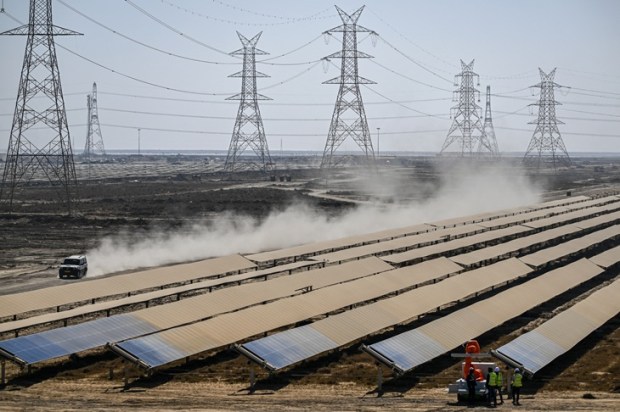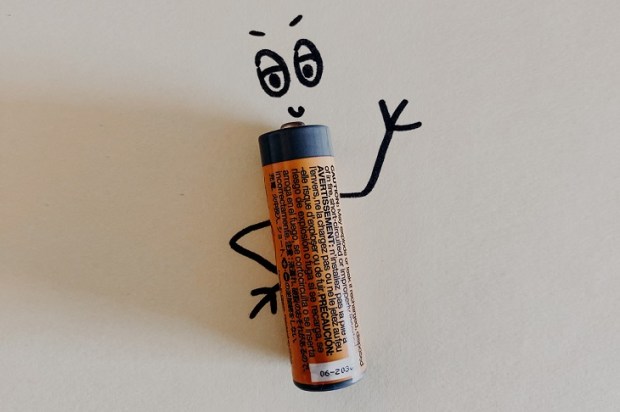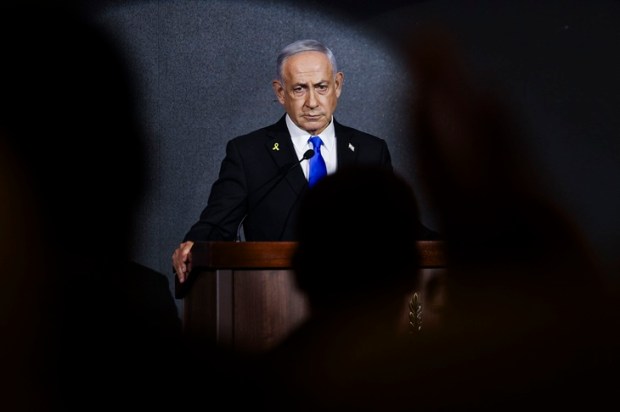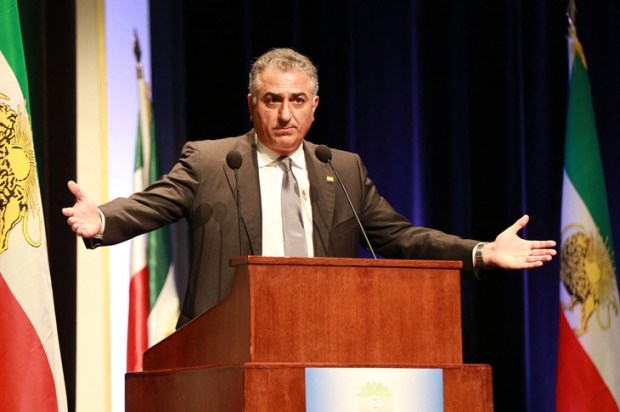Aboriginal and Torres Strait Islanders are made up of many different and distinct groups, each with their own culture, customs, language, and laws. They are among the world’s oldest surviving cultures – cultures that continue to be expressed in dynamic and contemporary ways.
In the early 1800s, it has been estimated that the Aboriginal population was around 750,000.
There were over 500 clans or mobs with more than 260 distinct languages and some 800 dialects.
At the June 2021 census, there were 984,000 Aboriginal and Torres Strait Islanders, representing 3.8 per cent of Australia’s population. A small number are considered to be full-blood Aborigines, mostly living in isolated northern regions of the Northern Territory, Western Australia, and Queensland.
Whilst there has been much effort to provide a pathway into mainstream Australian society for even the most remote community, it is surely safe to say that there are many people who do not wish to take up the offer and prefer their life as it is.
The connection with land is extremely strong among these communities, and is required by most Aborigines for their continuing physical and mental health. Many of the social issues identified today can be seeded back to a broken connection with the land.
The July 26, 2023 review contains an assessment of the ‘Closing the Gap’ strategy. From The Australian:
Governments will need to relinquish some of their power over Aboriginal and Torres Strait Islander people before the disparities between Indigenous and non-Indigenous Australians can be significantly reduced, according to Productivity Commissioner Romlie Mokak.
Mr Mokak, an Indigenous man from the west Kimberley region, has emphasised the PC’s findings of inertia inside governments and their agencies in a panel discussion with fellow commissioners hosted by the Committee for Economic Development.
The PC’s stinging draft report on the latest iteration of the Closing the Gap national agreement found that while all governments had promised to share decisions with Indigenous communities, it had been business as usual since the new agreement was signed in 2020.
The commissioner, in a stinging report, found that of 19 targets for Indigenous improvement by 2031, 15 were not on track or yet to be initiated.
One million people who identify as Aboriginal (if the ‘Yes’ vote succeeds) will be represented by chosen delegates from some 500 mobs with 260 languages and 800 dialects. This will be across over 7.6 million square kilometres of Australia plus the Torres Strait Islands.
Over 27 per cent of the Aboriginal population currently live on the land in a traditional way.
Of the rest, many have chosen to live in towns and cities around the country with all the benefits that accrue.
The balance live in (mostly) outback communities in substandard housing, with no prospect of work and, crucially, a limited connection to the land.
This is the group of most concern. They occupy a ‘halfway house’ between their traditional lands and the mainstream community. This is referred to as ‘the gap’.
The best part of $34 billion is spent annually by 109 Aboriginal departments [total 3,352 different agencies] on attempting to close this gap. The government has demonstrated over many occasions that its decisions are not based on what many Indigenous Australians need or want. It is fair to say that over the past decades, nothing that has been done has measurably contributed to closing the gap.
‘For many Aboriginal and Torres Strait Islander people, disconnection from Country is considered a form of homelessness. Similarly, many people are less likely to perceive themselves as homeless, regardless of the adequacy of their dwelling, if they are on Country.’ [Gov web site]
Feelings of homelessness, a disconnection from traditional lands and family, influences such as drugs, alcohol, and other substances, inadequacy of providing for family, and a permanent connection to the ‘teat of the Golden Goose’ all have predictable outcomes for health and self-esteem.
Installing a permanent solution in the Constitution to address what must be a measured, and achievable outcome is not the way to go. It speaks to never completing the task.
The National Indigenous Australians Agency (NIAA) currently has 38 Regional offices around Australia, from Tasmania to the Kimberley, Arnhem Land, and Cape York. It has a budget of roughly $2.5 billion for 2022-23. On its web pages it lists eight measures of performance. This self-assessment process is, to be kind, in many ways, deficient.
What voice is the NIAA responding to?
Most of the stated outcomes for measurement are predicated on achieving integration into the wider community and/or improvements in health, education, and housing. Totally ignored, it appears, is the connection to the traditional lands.
The federal government (of both major parties) has, for over 60 years, had the responsibility to resolve this issue and by any measure has failed terribly.
Perhaps it is time that governments admit they have no idea how to resolve the problem and get out of the way.
The Aboriginal Land Council has over 55 per cent of Australian land under its control.
This land is not available to individual Aborigines, so individual ownership is not possible. No title – no finance. However, Indigenous communities can occupy it.
As commented above by the Productivity Commissioner, ‘The government needs to get out of the way.’
There are many large corporations, mining, agriculture, and connected industries who have openly supported the Voice, some with sizable donations. Many already employ Indigenous people with great success. These ‘captains of Industry’ have a good reason to invest in the future of our Indigenous families. Not with more money, but practical assistance and expert manpower. Presuming, of course, that the Referendum fails.
Warren Mundine (in his books) writes about providing dignity through jobs, income-earning enterprises, and a connection to the land.
I expect that if governments moved out of the way, these corporations could be encouraged to get together (in an industry summit?) and find ways to provide Indigenous people with self-determination. Importantly, these corporations are a success for one reason, they are experts at solving problems.
No more virtue signalling – just report back on the successes. It could be a great partnership.

























